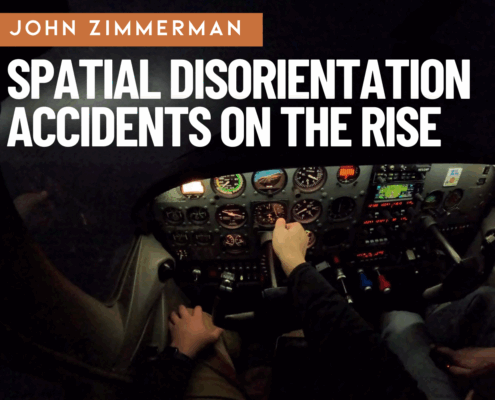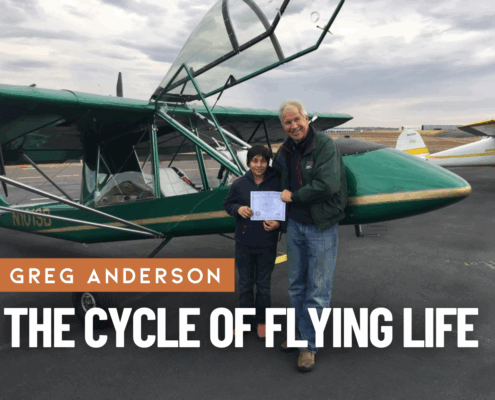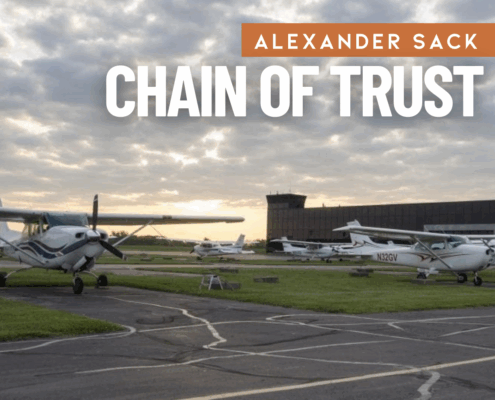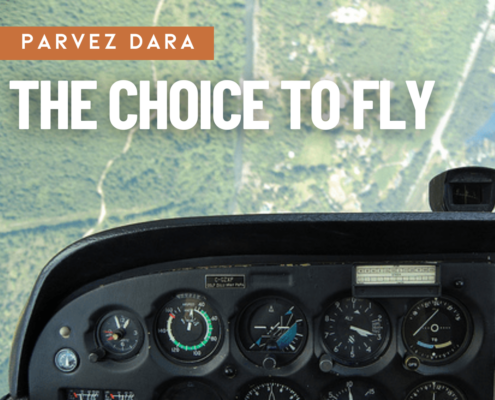 https://media.airfactsjournal.com/wp-content/uploads/2019/04/06152954/737-with-static.png
295
450
Mac McClellan
https://media.airfactsjournal.com/wp-content/uploads/2024/09/03140241/AF_Logo_24.png
Mac McClellan2019-05-01 10:09:162019-05-01 10:09:40What is that dragging behind the Boeing 737 MAX in TV news video?
https://media.airfactsjournal.com/wp-content/uploads/2019/04/06152954/737-with-static.png
295
450
Mac McClellan
https://media.airfactsjournal.com/wp-content/uploads/2024/09/03140241/AF_Logo_24.png
Mac McClellan2019-05-01 10:09:162019-05-01 10:09:40What is that dragging behind the Boeing 737 MAX in TV news video?NEW ARTICLES
OUR MOST RECENT POSTS
Air Facts was first published in 1938 by Leighton Collins, dedicated to “the development of private air transportation.” It’s a different world now, and it’s a different Air Facts. Relaunched in 2011 as an online journal, Air Facts still champions, educates, informs and entertains pilots worldwide with real-world flying experiences. More…
 https://media.airfactsjournal.com/wp-content/uploads/2019/04/06152954/737-with-static.png
295
450
Mac McClellan
https://media.airfactsjournal.com/wp-content/uploads/2024/09/03140241/AF_Logo_24.png
Mac McClellan2019-05-01 10:09:162019-05-01 10:09:40What is that dragging behind the Boeing 737 MAX in TV news video?
https://media.airfactsjournal.com/wp-content/uploads/2019/04/06152954/737-with-static.png
295
450
Mac McClellan
https://media.airfactsjournal.com/wp-content/uploads/2024/09/03140241/AF_Logo_24.png
Mac McClellan2019-05-01 10:09:162019-05-01 10:09:40What is that dragging behind the Boeing 737 MAX in TV news video?
Richard Collins’s 10 most popular articles on Air Facts
Dick's blogThis week marks the one year anniversary of Richard L. Collins's death, and we are remembering the legendary writer by reviewing 10 of his most popular articles. Over the years, Collins tackled a huge variety of topics, from weather flying tips to personal stories, but none were as popular as his detailed reviews of airplane safety records. As you can see below, some were good, some were bad, but almost all elicited strong opinions.

What I learned from Richard Collins
John's blogOne year ago, aviation lost a legend. Richard Collins left behind such a huge volume of writing over his 60+ year career that pilots will find rich rewards from re-reading his work. In general, the lessons he reminds me of seem to center around four main ideas: building margins, managing weather, respecting technology, and flying for transportation.

Friday Photo: frontal passage
Friday PhotoThis photograph was taken just after a cold front associated with a low pressure system passed over the field. The system's passage was preceded by a pulse of moisture with intense precipitation and a dramatic shift in wind. Twenty minutes later the leading edge of the front spawned a tornado - unusual in central California.

Near miss with a BUFF
I was thereWe were proceeding northbound at 2900 feet, and the Gulf of Mexico was off our right wing, and Highway 77 was off our left wing. Jean and I were all bundled up because N7405B didn’t have a heater. I was concentrating ahead, when my peripheral vision caught something to the left and crossing below us. I looked to the right and below. I shouted to Jean, “Look at that!” and pointed down and to the right.

How to unload a Boeing – by hand
I was thereA side effect of technology and automation is the demise of the Flight Engineer. The first exits from the flight decks were the Boeing B767 and B747-400 and other Airbus aircraft. While there are excellent arguments supporting such developments, there were always advantages in having a flight engineer aboard to assist us pilots in “managing” a flight, not just doing the flying.
John’s Blog

Why are spatial disorientation accidents on the rise?
John's blogResearchers from the FAA show that SD accidents have not declined since 2003—in fact, quite the opposite. You might assume the widespread adoption of tools like datalink weather, modern autopilots, reliable AHRS, and electronic flight bag apps would make VFR-into-IMC (the classic SD accident scenario) much less common. It’s a great theory, but the numbers don’t support it.

The aviation community is alive and well
John's blogBefore the expletive could even leave my mouth, one of the FBO employees offered to lend me the crew car. I assumed the crew car option would be impossible, or at least impossibly bad manners, since the round trip would be nearly two hours and the FBO was closing soon. But he wouldn’t hear it: “take all the time you need and just drop the keys off with the night security guard. We appreciate your business.”

The Starlink era is here—will we regret it?
John's blogThis promises to be a major advancement in cockpit technology, with benefits for pilots and passengers alike. But before diving headfirst into the Starlink pool, it would be wise to pause for just a moment and contemplate what we might lose. Don’t worry, I’m no Luddite and I’m not here to scare anyone away from an exciting new gadget. I am, however, an observer with enough experience to have seen technological breakthroughs bring unintended consequences. I fear that may happen here.
I Can’t Believe I Did That

A Quarter Tank and a Prayer
I Can't Believe I Did ThatI was watching the fuel gauges drop before my eyes. I elected to continue to ECG rather than turn back. I was on a direct course. The Norfolk controller wished me luck—not the most reassuring sign—and handed me off to ECG Tower, who had already been briefed.

Trial by Ice
I Can't Believe I Did That, I was thereThe most valuable lesson I learned from the “School of Hard Knocks” had nothing to do with weather or instrument flying. The “trial by ice” was a lesson in the awesome responsibility that comes from occupying the left seat of an airplane, regardless of its size. It also taught me to recognize those rare and unusual emergency situations when going by the book is not safe, and when deviating from standard operating procedures or the Federal Air Regulations is not only warranted, but imperative.

I Am UNSAFE Checklist—Lessons Learned on a Fateful Night
I Can't Believe I Did ThatVery soon I was on the approach and thought I could still make 06C. The ATIS called out the overcast at 800’ AGL, the minimum I needed (mistake #5—not mine, but it counted anyway.) I held at 800’, assuming I’d see the runway lights below me and then I could continue to 06C. As I crossed the runway threshold, it was solid IMC and I had to go missed. I asked the Tower what the current ceiling was, and the response was that the ATIS was old and the ceiling was actually 400’ and you’ll have to go around.
Opinion

The Cycle of Flying Life
OpinionMemories of first flights will include astonishing detail. That first transition—from wheels to wings—is a sensory overload, an oh-my-gosh experience. Most will remember where, when, and what type airplane. Sights, sounds, even smells. And, of course, special thoughts are reserved for the pilot who gave them their first flight.

Chain of Trust
OpinionIf there is one aspect of general aviation I’ve learned over my relatively short stint aloft, it’s that the safety of any flight is not just dependent solely on the decisions I make, but also on the ones others have made for me—without my knowledge or even consent. In fact, all of general aviation relies on an implicit chain of trust that, when broken, can and does result in dire consequences.

The Choice to Fly
OpinionNow we were nose-down, spinning, and rapidly losing altitude. The earth swirled in the windshield, the tall pines below getting closer. I don’t remember how many turns we made, but somewhere between the second one and the top of those trees, he cut the power and stopped the rotation. We were still descending fast. Sweat poured down my face, driven by the sudden surge of fear, my novice brain gripped by self-preservation.
More Articles
Recent Posts
Email newsletter
Write for us!
Did you know that most of the articles at Air Facts are written by readers like you? You do not have to be Richard Collins or Ernest Gann – simply a GA pilot with a story you’d share with friends sitting in the hangar.

